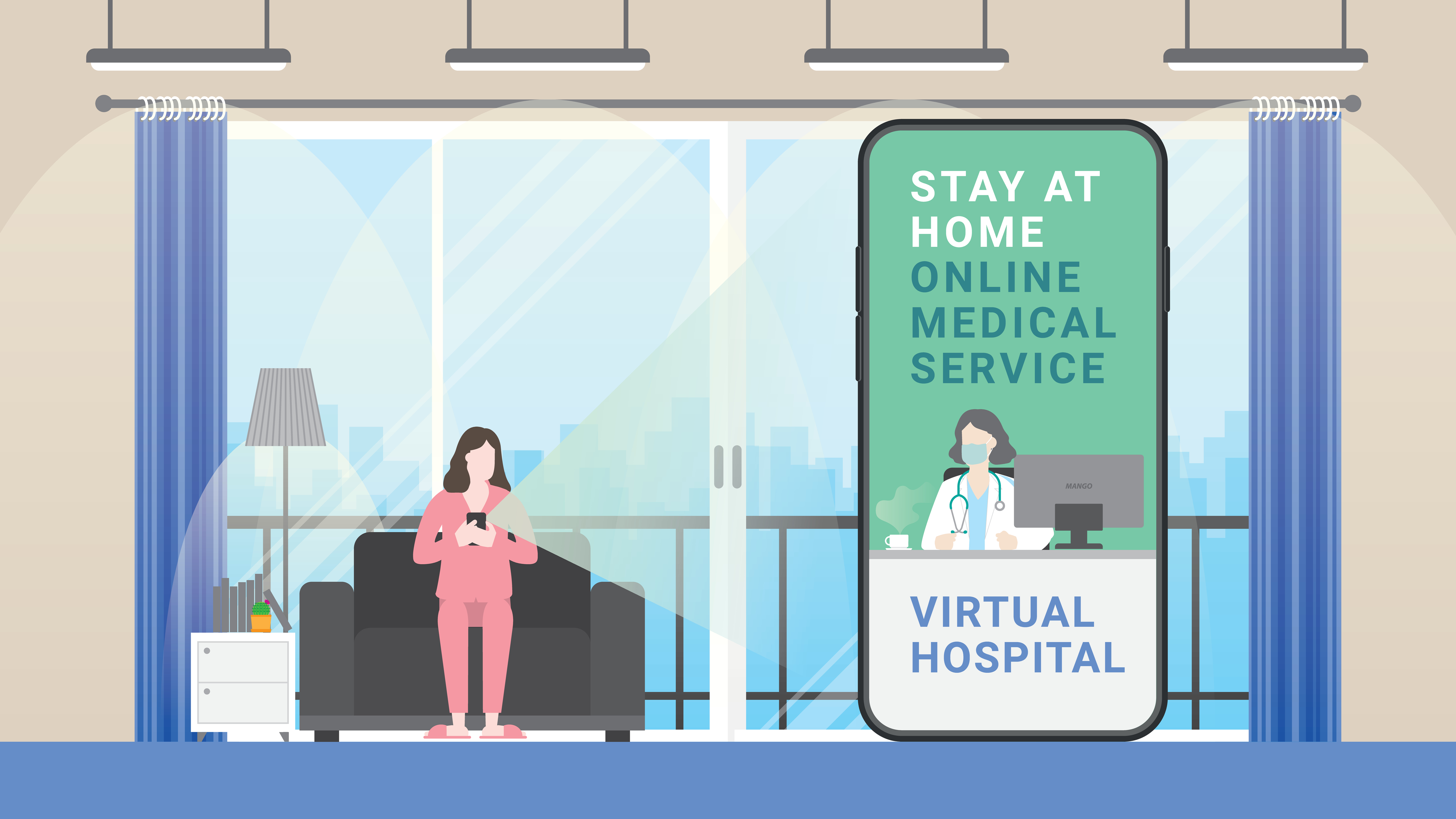Telehealth and You
 While telehealth has existed for some time, its use has surged globally with the onset of the COVID-19 pandemic
While telehealth has existed for some time, its use has surged globally with the onset of the COVID-19 pandemic
Telehealth is an all-encompassing term referring to the use of digital technology such as telephone, email, or video conferencing for healthcare delivery. While telehealth has existed for some time, its use has surged globally with the onset of the COVID-19 pandemic. If available, patients and healthcare providers are using telehealth appointments to ensure healthcare continuity. Telehealth has advantages and caveats. Outlined below are some tips on how to make the most of your appointment when using telehealth.
Before the appointment
- Prepare in advance and know how to connect for the appointment. If you need to download and run specialized software prior to the appointment, be sure to do so.
- Try to log in a few minutes early to give yourself time to connect and account for technological delays.
- Remember that this is a professional interaction between yourself and your healthcare provider. Ensure that you are on time, are in a private room with minimum distractions, and are appropriately and comfortably dressed.
- Try to select a spot that has plenty of light, ensure that the camera is steady and is placed at eye level. This allows the healthcare provider to have a clear view of your face.
- Ensure that your internet connection and devices (smartphone, camera, microphone, speakers etc.) are all functional beforehand. If you need help, ask a friend or family member to set up your hardware and software.
- Headphones may be especially important if you are concerned about privacy.
- Ensure your devices are fully charged.
- Check in advance if telehealth services are covered by your insurance provider, should you have one.

During the appointment
- It is okay for you to ask your healthcare provider any questions you may have. Make a list beforehand if you need to.
- If you prefer to have other persons in the room with you, that’s fine too. Ensure the healthcare provider is aware of this and try to include the person in the conversation. If possible, place them within the camera’s This is especially important if the patient is a minor or is unable to make decisions for themselves and guardians or caregivers are involved.
- Keep in mind there may sometimes be an audio or video lag, so give ample time before you start talking. Speak slowly and clearly.
- It is advisable to have a list of medications you are taking (if any) nearby.

After the appointment
- Take time to reflect on the instructions from the healthcare provider.
- If your provider permits, don’t hesitate to reach out through email, telephone, or text messaging if something is unclear.
- Make sure you know how to contact the healthcare provider in case of an emergency, and don’t forget to note if the next appointment will also be telehealth-mediated or a face-to-face appointment for lab or imaging tests, etc.
Sources: US Department of Human and Health Services | Mayo Clinic | National Institutes of Health (National Institute on Aging)
Contributors: Dr. Amit Abraham, Dr. Sohaila Cheema, and Dr. Sathyanarayanan Doraiswamy
Editing: Mr. John Hayward